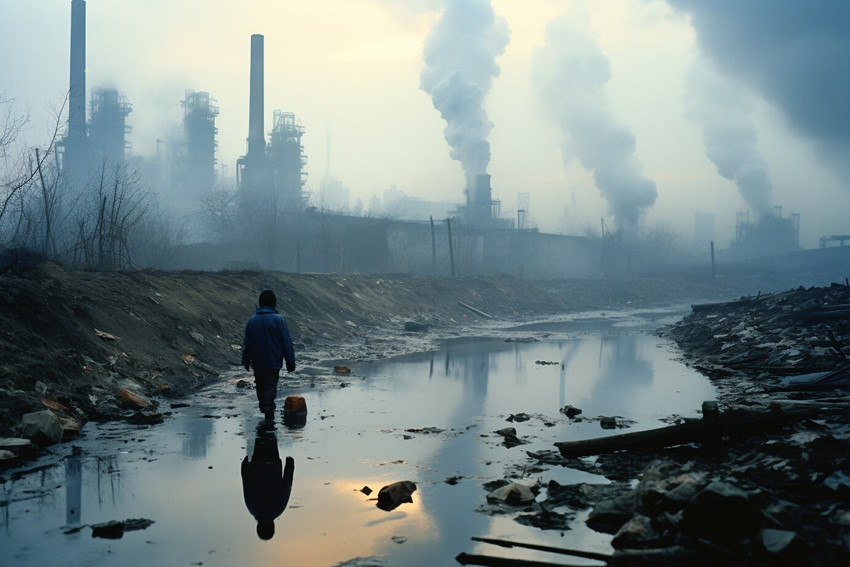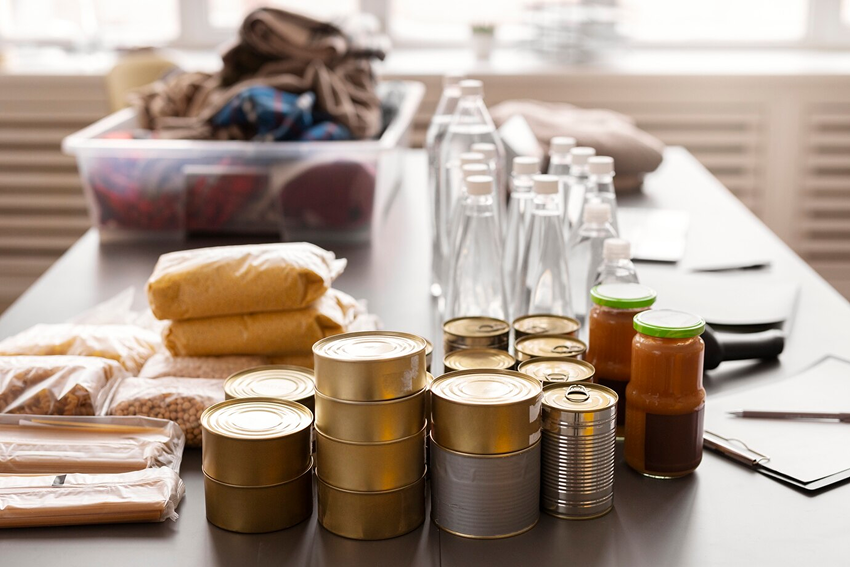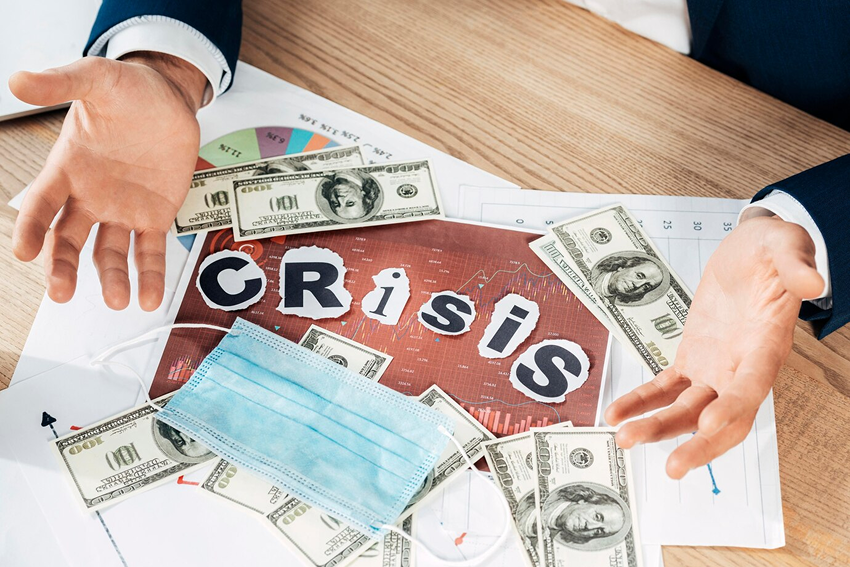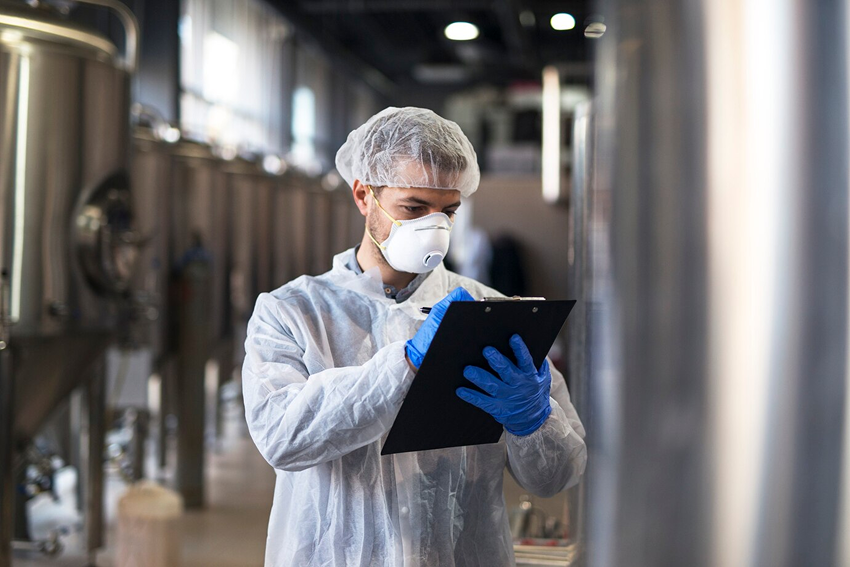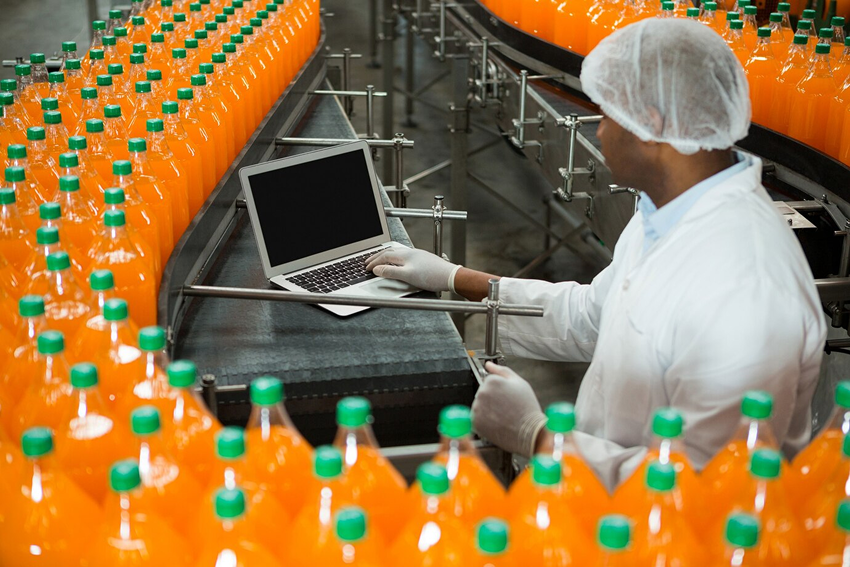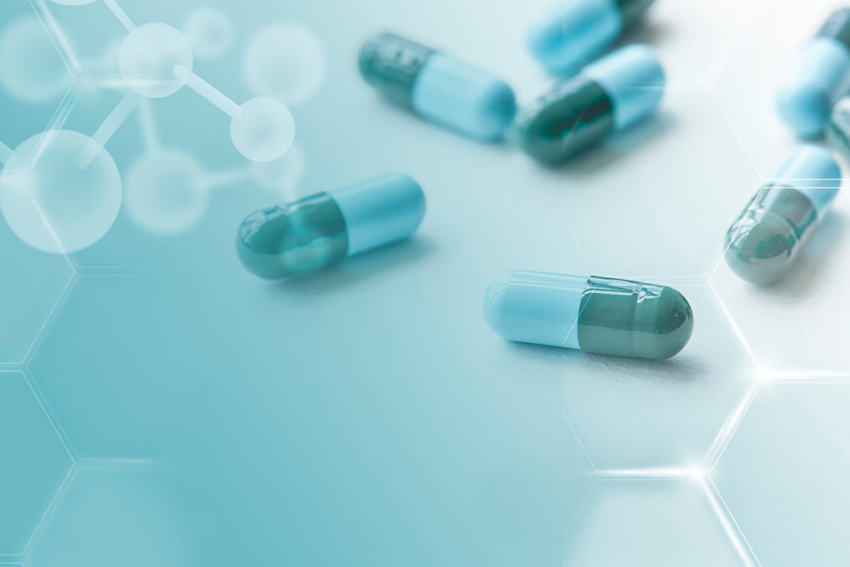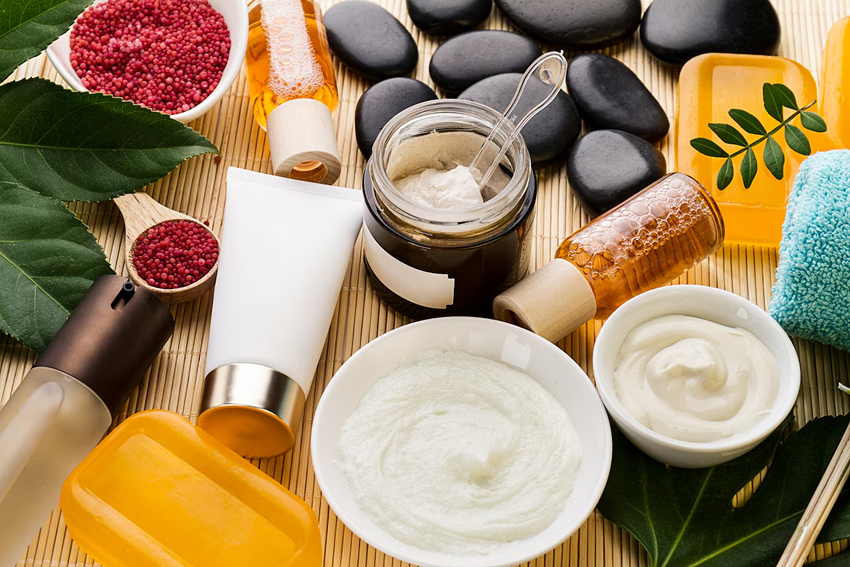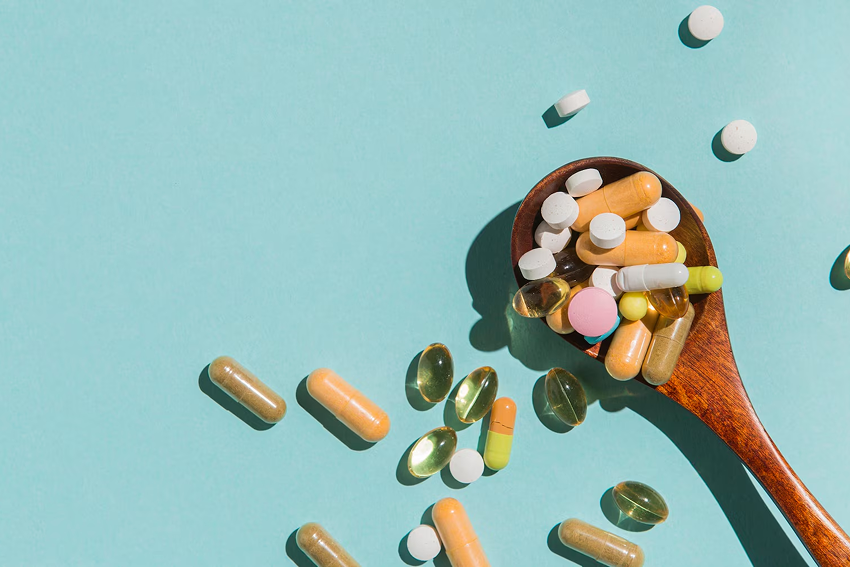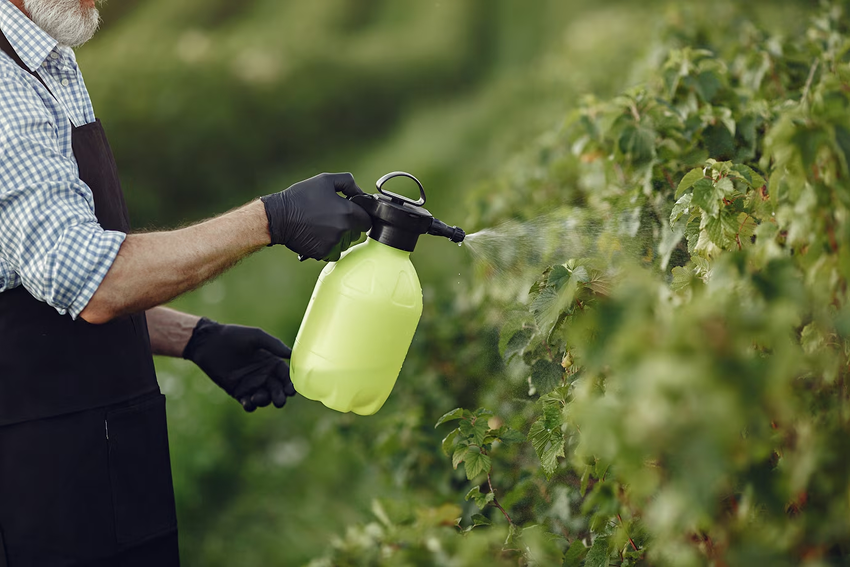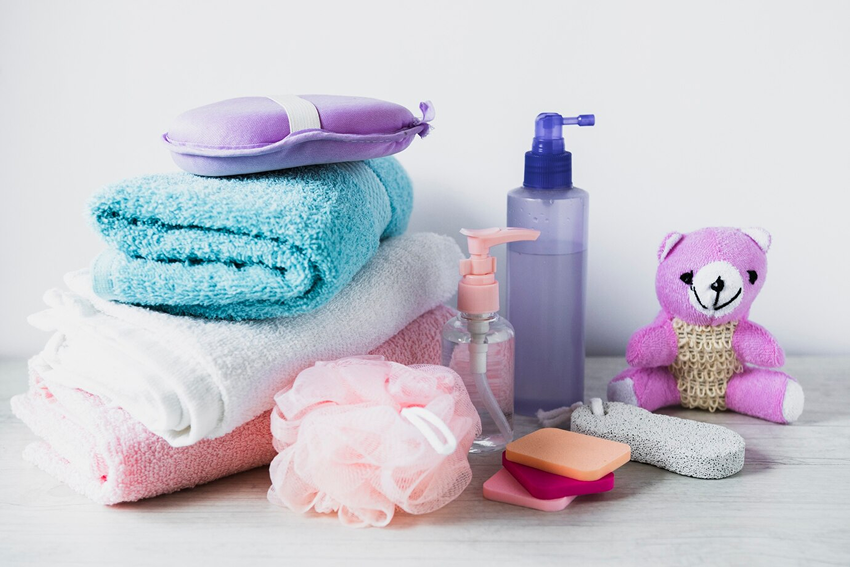Contaminated Product Insurance Policy
Contaminated Product Insurance protects businesses from financial losses due to product contamination, covering recall costs, investigations, interruptions, and reputational harm.
- Accidental Contamination Protection
- Malicious Tampering Coverage
- Recall Costs Coverage
What is Contaminated Product Insurance Policy?
A Contaminated Product Insurance Policy provides financial protection for businesses in industries prone to product contamination, such as food and beverage, pharmaceuticals, and cosmetics. This policy is designed to cover costs associated with recalling contaminated products, investigating contamination causes, and managing any resulting business interruption. It also supports businesses in mitigating reputational harm and ensuring compliance with regulatory mandates.
Key points of coverage

Principal Coverages of Contaminated Product Insurance Policy
Accidental Product Contamination
Covers losses arising from unintentional contamination of products during the manufacturing, storage, or distribution process. This is one of the core protections, as it ensures that accidental incidents do not lead to financial devastation.
Malicious Product Tampering
This coverage protects against deliberate acts of tampering aimed at contaminating a product, which can be highly damaging both financially and reputationally. It includes coverage for expenses related to removing tampered products from the market and mitigating further risks.
Product Recall Expenses
Covers the costs associated with recalling contaminated products, including transportation, warehousing, disposal, and any necessary replacement of goods.
Business Interruption
If contamination leads to operational shutdowns or interruptions, this coverage helps cover the loss of income during the downtime. This ensures that a business can maintain financial stability even during production halts.
Crisis Management and Public Relations
Helps cover costs associated with handling the public relations fallout from a contamination event, including managing communications with customers, suppliers, and the media to protect the company’s reputation.
Investigation and Testing Costs
Covers the expenses related to identifying the source of contamination and conducting testing to ensure that the contamination has been eliminated and the product is safe to return to the market.

Principal Coverages of Contaminated Product Insurance Policy
Accidental Product Contamination
Covers losses arising from unintentional contamination of products during the manufacturing, storage, or distribution process. This is one of the core protections, as it ensures that accidental incidents do not lead to financial devastation.
Malicious Product Tampering
This coverage protects against deliberate acts of tampering aimed at contaminating a product, which can be highly damaging both financially and reputationally. It includes coverage for expenses related to removing tampered products from the market and mitigating further risks.
Product Recall Expenses
Covers the costs associated with recalling contaminated products, including transportation, warehousing, disposal, and any necessary replacement of goods.
Business Interruption
If contamination leads to operational shutdowns or interruptions, this coverage helps cover the loss of income during the downtime. This ensures that a business can maintain financial stability even during production halts.
Crisis Management and Public Relations
Helps cover costs associated with handling the public relations fallout from a contamination event, including managing communications with customers, suppliers, and the media to protect the company’s reputation.
Investigation and Testing Costs
Covers the expenses related to identifying the source of contamination and conducting testing to ensure that the contamination has been eliminated and the product is safe to return to the market.
Add-On Coverages of Contaminated Product Insurance Policy
In addition to the principal coverages, businesses can enhance their protection with several add-on coverages. These optional coverages allow companies to tailor their policies to address specific risks and potential vulnerabilities related to product contamination. Common add-ons include:
- Supply Chain Contamination: This coverage provides protection in cases where contamination originates from a supplier or a third party involved in the production process. It covers the costs of managing and mitigating contamination caused by external sources.
- Third-Party Liability: Extends coverage to claims brought by third parties, such as distributors or retailers, who have been financially impacted by the sale of contaminated products. This coverage is especially important when businesses supply products to other companies or markets.
- Government Recall Expenses: Covers additional costs associated with meeting regulatory requirements during government-mandated recalls. This can include extra testing, inspections, and legal compliance costs required by regulatory bodies.
- Reputational Repair Coverage: This add-on helps businesses rebuild their reputation after a contamination event by covering costs related to long-term public relations campaigns, marketing efforts, and customer reassurance programs.
- Extended Business Interruption Coverage: Provides additional protection for lost income due to prolonged operational disruptions caused by contamination events, ensuring that the business is covered for extended downtimes.
- Contamination due to Malicious Cyber Tampering: This add-on protects against contamination caused by cyberattacks that interfere with product safety, especially in industries reliant on automated production and data systems.
- Employee Dishonesty: Covers losses resulting from contamination or tampering caused by the company’s own employees, whether intentional or accidental.
General Exclusions under Contaminated Product Insurance Policy
While Contaminated Product Insurance provides extensive coverage for contamination-related incidents, there are certain exclusions that businesses should be aware of. These exclusions define the limitations of the policy, ensuring that businesses understand which situations may not be covered. Common exclusions include:
Intentional Contamination
Any contamination that is deliberately caused by the insured, such as intentional acts of tampering or harm, is excluded from coverage. Insurance policies are designed to protect against accidental or malicious contamination, not intentional wrongdoing.
Pre-Existing Conditions or Defects
If a contamination event arises from a known defect or condition that existed before the policy was in place, the insurer will not cover the costs. This exclusion ensures that businesses cannot claim for issues that were already known before coverage began.
Government Fines and Penalties
While some policies may cover recall costs, fines or penalties imposed by government authorities as a result of non-compliance or regulatory violations are generally excluded from coverage.
Product Liability Claims
Contaminated Product Insurance typically does not cover claims related to bodily injury or property damage caused by the defective product. Such claims are typically addressed under separate product liability policies.
Normal Wear and Tear
If the contamination results from normal product degradation, wear, or aging, it is not covered. This exclusion applies to situations where the product naturally deteriorates over time.
Cyber-Related Contamination
Unless specifically added as an endorsement, contamination caused by cyberattacks or digital tampering is generally excluded. Businesses looking to cover these risks may need to include cyber endorsements or separate cyber insurance policies.
Contamination Outside the Policy Territory
Coverage is generally limited to contamination events occurring within the geographical boundaries specified in the policy. Any contamination incidents outside the insured territory are not covered.
War, Terrorism, and Nuclear Risks
Any contamination caused by war, terrorism, nuclear events, or similar large-scale catastrophic events is typically excluded from coverage.

Intentional Contamination
Any contamination that is deliberately caused by the insured, such as intentional acts of tampering or harm, is excluded from coverage. Insurance policies are designed to protect against accidental or malicious contamination, not intentional wrongdoing.
Pre-Existing Conditions or Defects
If a contamination event arises from a known defect or condition that existed before the policy was in place, the insurer will not cover the costs. This exclusion ensures that businesses cannot claim for issues that were already known before coverage began.
Government Fines and Penalties
While some policies may cover recall costs, fines or penalties imposed by government authorities as a result of non-compliance or regulatory violations are generally excluded from coverage.
Product Liability Claims
Contaminated Product Insurance typically does not cover claims related to bodily injury or property damage caused by the defective product. Such claims are typically addressed under separate product liability policies.
Normal Wear and Tear
If the contamination results from normal product degradation, wear, or aging, it is not covered. This exclusion applies to situations where the product naturally deteriorates over time.
Cyber-Related Contamination
Unless specifically added as an endorsement, contamination caused by cyberattacks or digital tampering is generally excluded. Businesses looking to cover these risks may need to include cyber endorsements or separate cyber insurance policies.
Contamination Outside the Policy Territory
Coverage is generally limited to contamination events occurring within the geographical boundaries specified in the policy. Any contamination incidents outside the insured territory are not covered.
War, Terrorism, and Nuclear Risks
Any contamination caused by war, terrorism, nuclear events, or similar large-scale catastrophic events is typically excluded from coverage.
Why is Contaminated Product Insurance Policy Important?
Financial Protection Against Recall Costs
A product contamination event can result in substantial costs, including the expenses of recalling products, testing for contamination, and replacing affected items. Without insurance, these costs can quickly overwhelm a business, leading to severe financial strain.
Mitigating Reputational Damage
When a product is contaminated, customer trust can be severely impacted. Contaminated Product Insurance often includes crisis management and public relations support to help businesses manage the fallout and restore their brand image.
Ensuring Regulatory Compliance
Many industries are heavily regulated, and a failure to comply with government-mandated recalls can lead to fines, penalties, or even business closure. This insurance helps ensure businesses can quickly and effectively respond to regulatory mandates without suffering financial ruin.
Business Continuity
A contamination event can halt production, disrupt supply chains, and cause significant operational delays. Contaminated Product Insurance helps cover lost profits and business interruption costs, allowing companies to maintain their financial stability during disruptions.
Protection Against Malicious Tampering
In addition to accidental contamination, businesses must also protect themselves against deliberate acts of tampering. This insurance provides financial protection against malicious acts that could harm consumers and the company's reputation.
Key Features of Contaminated Product Insurance Policy
Coverage for Accidental and Malicious Contamination
The policy provides coverage for both accidental contamination (such as contamination during production or storage) and deliberate malicious tampering. This ensures protection regardless of whether the contamination was unintended or intentional.
Product Recall Costs
One of the main features of this policy is covering the costs associated with recalling contaminated products, including transportation, storage, and disposal of the affected products.
Business Interruption Coverage
This feature compensates for the income lost due to production halts or operational disruptions caused by contamination. It ensures businesses can maintain financial stability even if production is stopped temporarily.
Investigation and Testing Expenses
The policy covers the costs of investigating the source of the contamination and conducting necessary testing to ensure product safety before resuming operations.
Crisis Management and Public Relations
Contaminated Product Insurance includes coverage for crisis management services, helping businesses manage public relations efforts to mitigate damage to their brand’s reputation.

Key Features of Contaminated Product Insurance Policy
Coverage for Accidental and Malicious Contamination
The policy provides coverage for both accidental contamination (such as contamination during production or storage) and deliberate malicious tampering. This ensures protection regardless of whether the contamination was unintended or intentional.
Product Recall Costs
One of the main features of this policy is covering the costs associated with recalling contaminated products, including transportation, storage, and disposal of the affected products.
Business Interruption Coverage
This feature compensates for the income lost due to production halts or operational disruptions caused by contamination. It ensures businesses can maintain financial stability even if production is stopped temporarily.
Investigation and Testing Expenses
The policy covers the costs of investigating the source of the contamination and conducting necessary testing to ensure product safety before resuming operations.
Crisis Management and Public Relations
Contaminated Product Insurance includes coverage for crisis management services, helping businesses manage public relations efforts to mitigate damage to their brand’s reputation.
Legal Liability Coverage
Provides coverage for legal expenses incurred if third parties, such as consumers or distributors, file claims related to the contamination incident. It helps businesses handle potential lawsuits and compensation claims.
Government Recall Costs
The policy can also cover costs related to government-mandated recalls, ensuring that businesses comply with regulatory requirements without incurring significant financial burdens.
Types of Contaminations Covered by Contaminated Product Insurance Policy
Contaminated Product Insurance is designed to cover a variety of contamination risks that could lead to product recalls, legal liabilities, and reputational damage. These types of contamination can occur during the manufacturing, storage, or distribution phases and can significantly impact businesses, particularly those in industries where product safety is critical.
Bacterial Contamination
This type of contamination occurs when harmful bacteria, such as E. coli, Salmonella, or Listeria, are introduced into a product during production or handling. Bacterial contamination is particularly relevant in the food and beverage, pharmaceutical, and cosmetics industries, where such contamination can lead to severe health risks for consumers.
Chemical Contamination
Chemical contamination can occur when products are exposed to hazardous chemicals during manufacturing or storage. This includes contamination from cleaning agents, pesticides, or chemicals used in production processes. It can pose serious health risks, especially in industries such as food processing and pharmaceuticals.
Physical Contamination
Physical contamination happens when foreign objects, such as metal fragments, glass, or plastic, accidentally enter products during production. This is a common issue in manufacturing environments and can lead to immediate recalls to protect consumers from harm.
Allergen Contamination
This type of contamination occurs when products are unintentionally exposed to allergens like peanuts, dairy, or gluten, which are not declared on the product label. Allergen contamination is especially critical in the food industry, where undisclosed allergens can lead to severe health reactions.
Cross-Contamination
Cross-contamination happens when products are unintentionally contaminated by other products during production or storage, often due to inadequate separation of production lines or improper handling. This can lead to regulatory recalls, particularly in sensitive industries such as pharmaceuticals and food production.
Foreign Substance Contamination
This refers to the introduction of unintended materials or substances into a product, such as insect parts or dust. Foreign substance contamination can happen during manufacturing, packaging, or storage and may trigger product recalls to ensure consumer safety.
Contamination Due to Malicious Tampering
In some cases, contamination is intentionally caused by malicious actors who tamper with products for sabotage or other harmful purposes. Contaminated Product Insurance provides coverage for such incidents, which can have severe financial and reputational consequences.
Common Causes of Product Contaminations
Product contamination can occur at various stages of the production and distribution process, leading to recalls, legal liabilities, and significant financial losses. Understanding the common causes of contamination can help businesses implement preventative measures and reduce the risk of costly incidents. Below are some of the primary causes of product contaminations:
- Poor Manufacturing Practices: Contamination often occurs when inadequate hygiene and safety practices are followed during production. This can include failure to properly clean equipment, cross-contamination between products, or improper handling of raw materials, leading to bacterial, chemical, or physical contamination.
- Inadequate Quality Control: Lapses in quality control processes can allow contaminated products to enter the market. Insufficient testing of raw materials or finished products, lack of proper monitoring during production, or missed contamination detection can all lead to product recalls.
- Faulty or Worn-Out Equipment: Equipment used in the production process can be a source of contamination, especially if it is not properly maintained. For example, worn-out machinery may introduce metal shavings or other foreign materials into the product. Additionally, poorly cleaned equipment can harbor bacteria or chemicals that contaminate products.
- Improper Storage Conditions: Contaminations can arise from improper storage conditions, such as incorrect temperature control, exposure to moisture, or contact with chemicals. For instance, perishable products that are not stored at the correct temperature can develop bacterial contamination.
- Human Error: Accidental contamination caused by human error is another frequent cause. This can occur when employees handle raw materials or products without following proper hygiene protocols or mix incompatible products in the production process.
- Supply Chain Issues: Contamination can also occur at any point in the supply chain. If raw materials or ingredients supplied to manufacturers are contaminated, the final product may be affected. This is particularly challenging when suppliers are not thoroughly vetted for their safety standards.
- Packaging Defects: Inadequate or faulty packaging can expose products to contamination. For example, compromised packaging may allow foreign substances, air, or moisture to enter, which can spoil or contaminate the product, especially in food and beverage items.
- Allergen Cross-Contamination: Cross-contamination with allergens during production or packaging is a significant issue, particularly in the food industry. When allergenic substances (e.g., peanuts, gluten) inadvertently come into contact with products not intended to contain them, the product can become unsafe for consumers with allergies.
- Malicious Tampering: In some cases, contamination is intentionally caused by malicious actors. This may involve deliberately introducing harmful substances into products, with the intent to cause harm to consumers or damage the company’s reputation.
What Industries Benefit Most from Contaminated Product Insurance Policy

How to File a Claim Under Contaminated Product Insurance Policy
Filing a claim under a Contaminated Product Insurance Policy involves several key steps to ensure that businesses can recover their financial losses efficiently. Below is a step-by-step guide on how to navigate the claims process:
Notify the Insurer Promptly
As soon as a contamination event occurs or is suspected, it’s important to notify the insurer immediately. Prompt notification ensures that the incident is recorded, and the insurance provider can start the claims process without delay. The notice should include:
- The nature of the contamination.
- The product(s) affected.
- The estimated impact on the business.
Gather Relevant Documentation
Collect all relevant documentation that will support your claim. This may include:
- Internal reports detailing how the contamination was identified and managed.
- Testing and investigation reports that confirm the presence and extent of the contamination.
- Recall notifications sent to customers and distributors.
- Records of expenses, such as product recall costs, storage, disposal, replacement, and public relations efforts.
Submit a Formal Claim
Prepare and submit a formal claim to the insurer with all the necessary details and supporting documents. The claim should include:
- A detailed description of the contamination event.
- The financial impact, including the costs incurred due to product recalls, testing, and business interruption.
- Any legal notices or third-party claims that have arisen from the incident.
Cooperate with the Insurer’s Investigation
The insurer will conduct an investigation to verify the details of the claim and determine the extent of coverage. During this process, you should:
- Provide access to any additional records requested by the insurer.
- Assist with interviews or inspections required by the insurance adjusters.
- Ensure transparency and cooperation to facilitate a smooth claims process.
Claim Evaluation and Settlement
Once the investigation is complete, the insurer will evaluate the claim and issue a settlement based on the policy terms. The settlement may cover:
- Recall-related expenses.
- Costs for testing and investigating the contamination.
- Business interruption losses.
- Crisis management and public relations expenses.
- Legal costs and third-party claims, if applicable.
Post-Claim Review
After the claim has been settled, it’s important to review the process and identify any areas where risk management can be improved. Insurers may also provide feedback on how to prevent future contamination events or improve quality control measures.
Maintain Records for Future Claims
Keep detailed records of the contamination incident, the claim process, and the settlement for future reference. These records will be useful if similar events occur or if further issues arise from the initial contamination event.
Frequently Asked Questions
Safeguard Your Business from Contamination Risks
Protect your brand with Contaminated Product Insurance from Go Insure India. This policy covers financial losses from product contamination, including recall costs, investigations, business interruptions, and reputational damage, ensuring seamless recovery and customer trust.






